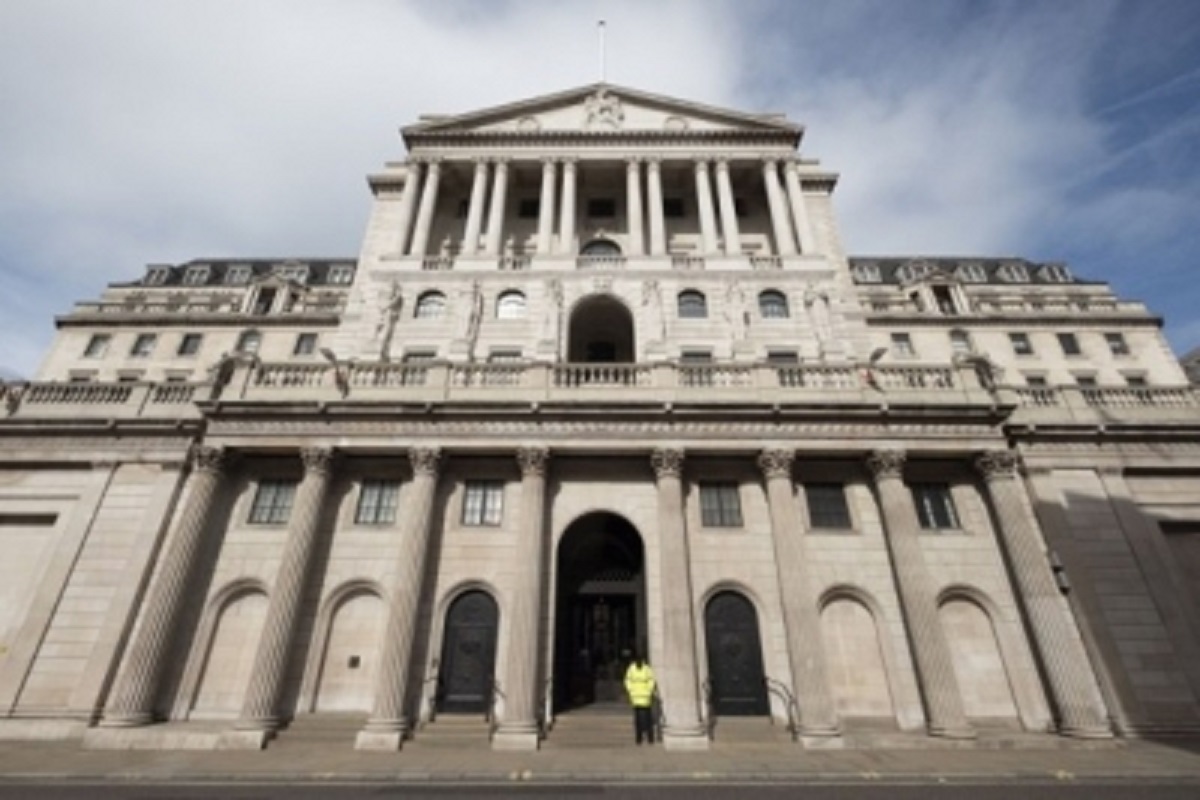After US Federal Reserve hikes key interest rates by 75 basis points, the Bank of England raised bank rate by 75 basis points — the highest since 1992 — to 3 per cent for combatting inflation growing in double digits and to curb the energy price crisis in the country.
The updated projections of the Monetary Policy Committee (MPC) of the Bank of England for activity and inflation described a very challenging outlook for the UK economy, as set out in the accompanying November Monetary Policy Report.
Advertisement
Even as the Bank of England, in its monetary policy summary, said uncertainty around the outlook for the UK retail energy prices had fallen to some extent, following further government interventions, it is projected that consumer price index (CPI) inflation will pick up to around 11 per cent in the fourth quarter of 2022 after it was pegged at 10.1 per cent in September.
For the current November forecast, and consistent with the government’s announcements on October 17, the MPC’s working assumption is that some fiscal support continues beyond the current six-month period of the Energy Price Guarantee (EPG).
The government’s EPG limits the amount you can be charged per unit of gas or electricity. The energy price cap is a backstop protection from the government for people who default on to their supplier’s basic energy tariff.
In the MPC’s November central projection that is conditioned on the elevated path of market interest rates, MPC in its summary said GDP is projected to continue to fall throughout 2023 and H1 2024, as high energy prices and materially tighter financial conditions weigh on spending.
Taking a hawkish stance to curb the growing inflation, the US Federal Reserve on Thursday had also raised key interest rates in its fight against red-hot inflation in the country. It raised the key policy rate by 75 basis points to over a decade high at 3.75-4 per cent in its latest monetary policy meeting. This was the fourth consecutive hike of such magnitude.
Raising interest rates is a monetary policy instrument that typically helps suppress demand in the economy, thereby helping the inflation rate decline.
Inflation in the US remains elevated, reflecting supply and demand imbalances related to the pandemic, higher food and energy prices, and broader price pressures.
This hawkish stance of the central banks will influence the global markets, which will eventually force other central banks in emerging countries to hike their key interests as far as the inflation in these countries is concerned.











